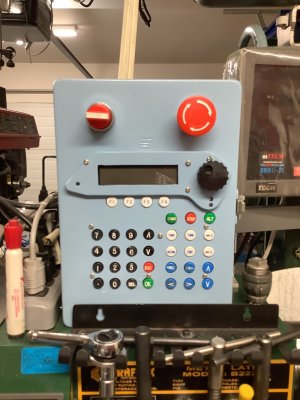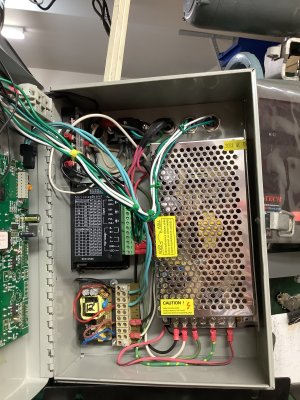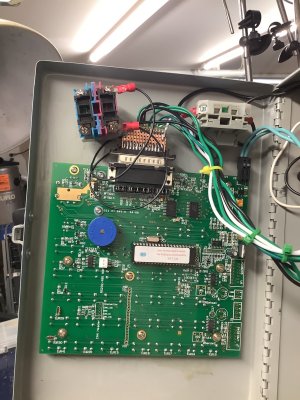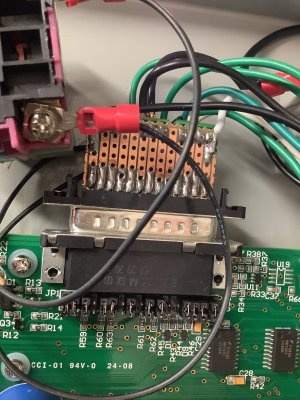Oh and here's a photo of the TI based development board made by Spectrum Digital. Basic Development Software was free but the programmer was $200 or so IIRC. I built the add on board for my CANRF and general playing around with DC motors because back in 2003 Servo Motors were horrendously expensive and Princess Auto was selling cheap surplus treadmill motors. A Gecko Stepper Motor driver was more than $100 US and the Stepper motors were all in the $80 and up range. I had the idea that I would design and build a DC Servo Motor drive too.
So prices have come way down at a cost though.

I built this and took a trip down to Anaheim for a seminar on how to work with it.

So prices have come way down at a cost though.
I built this and took a trip down to Anaheim for a seminar on how to work with it.




